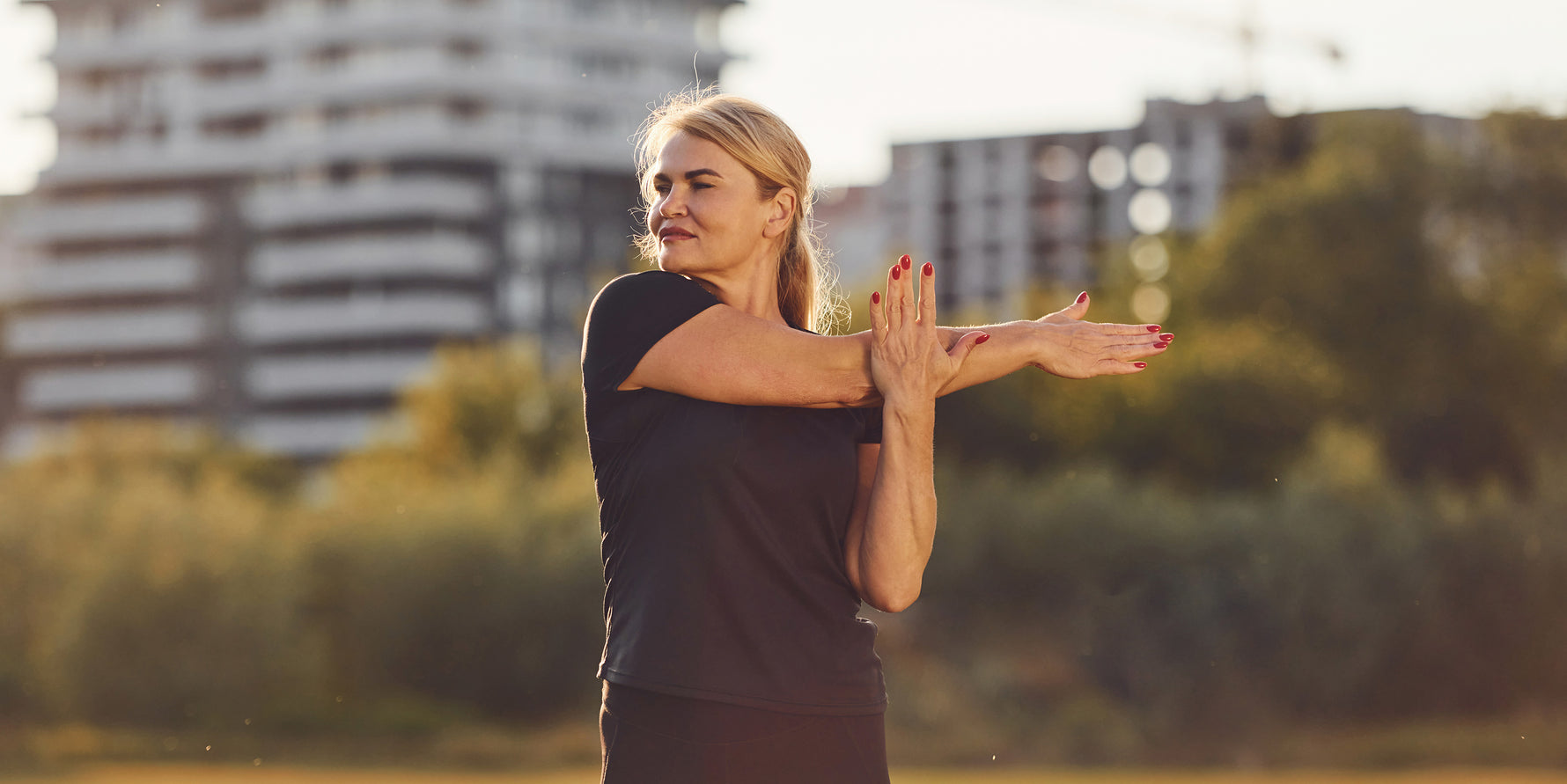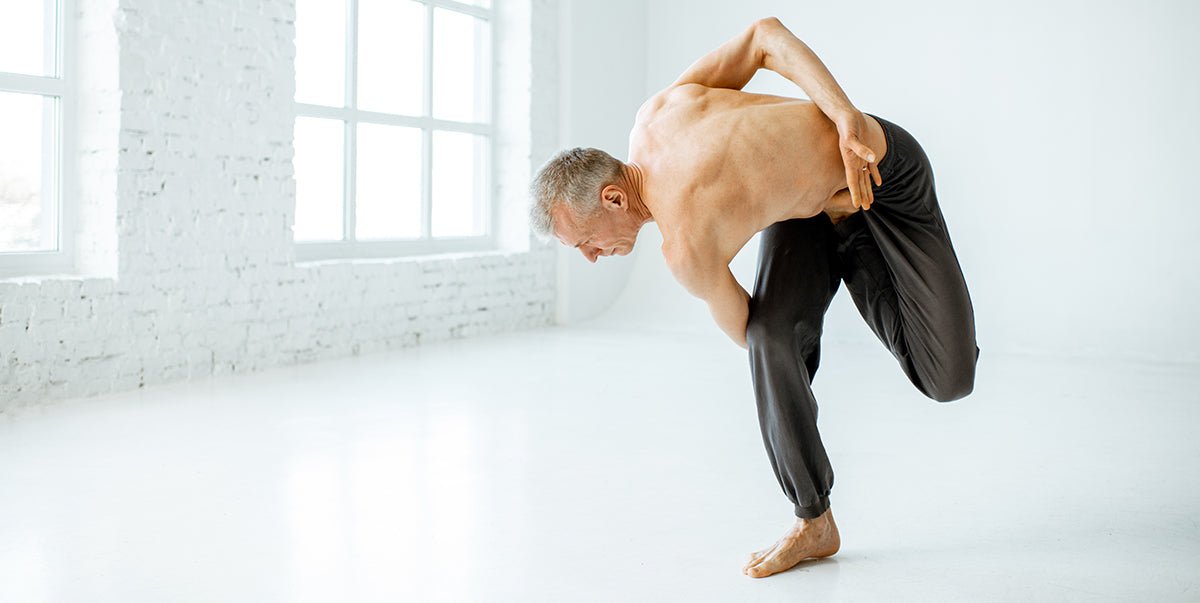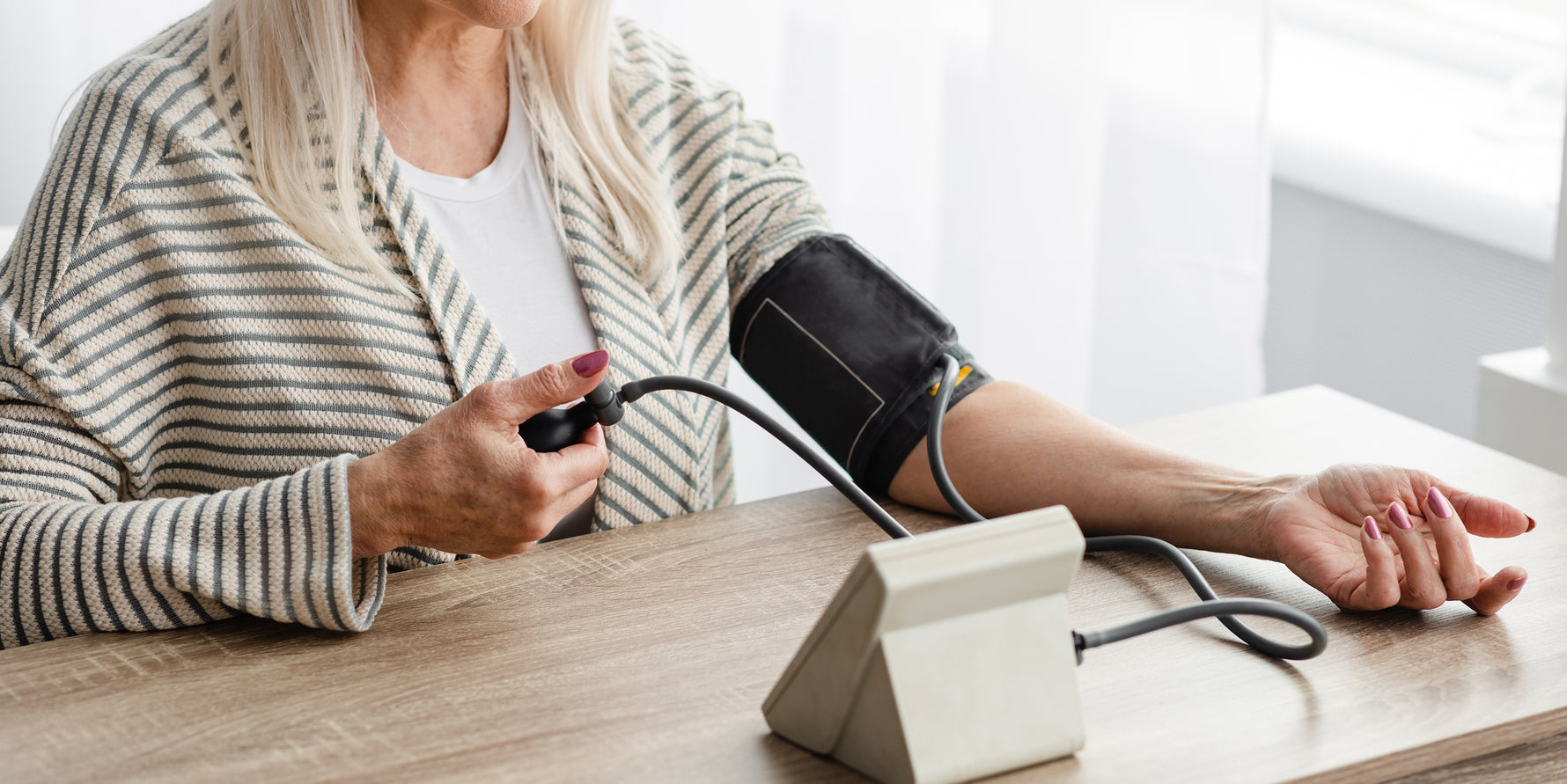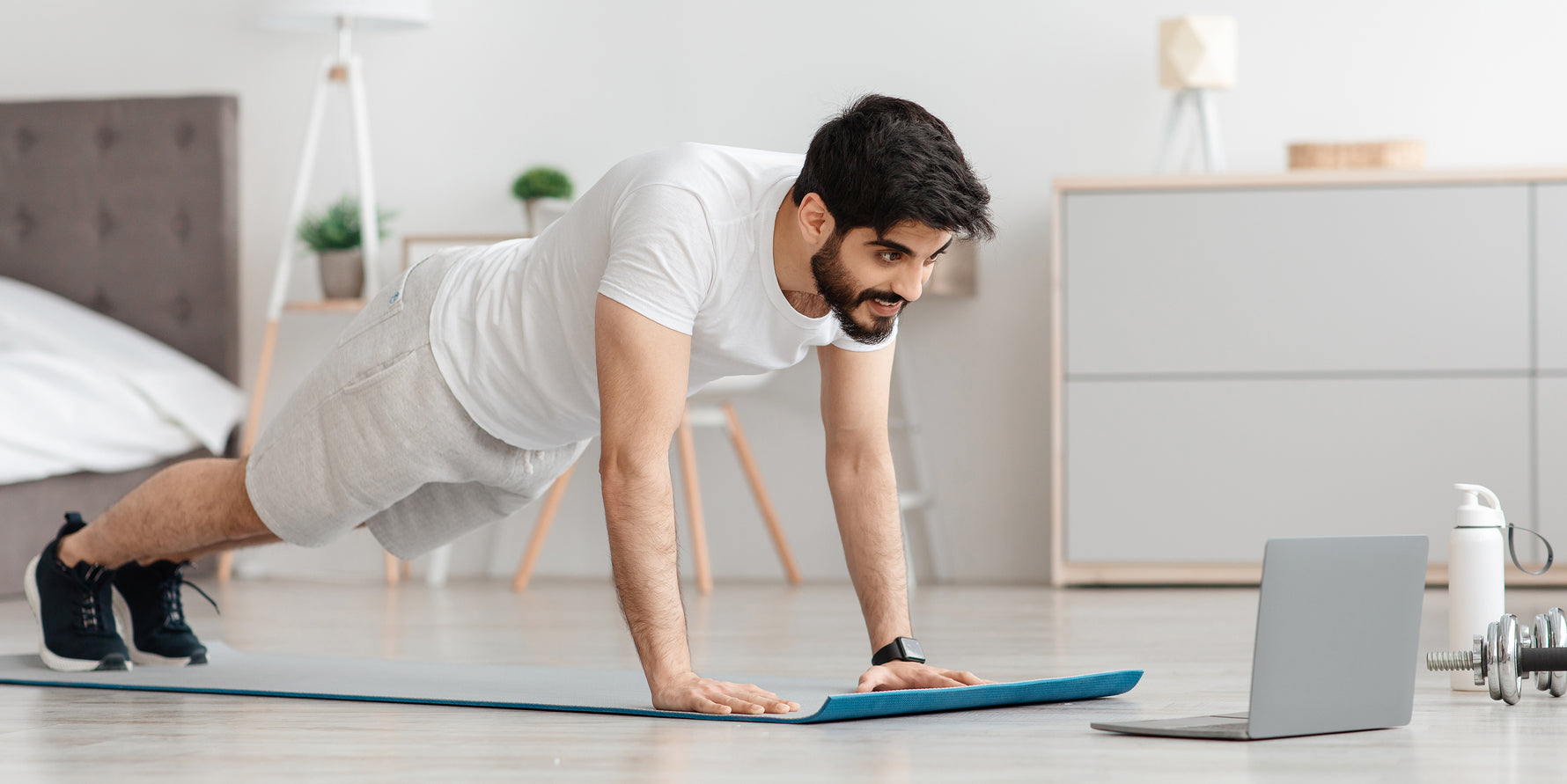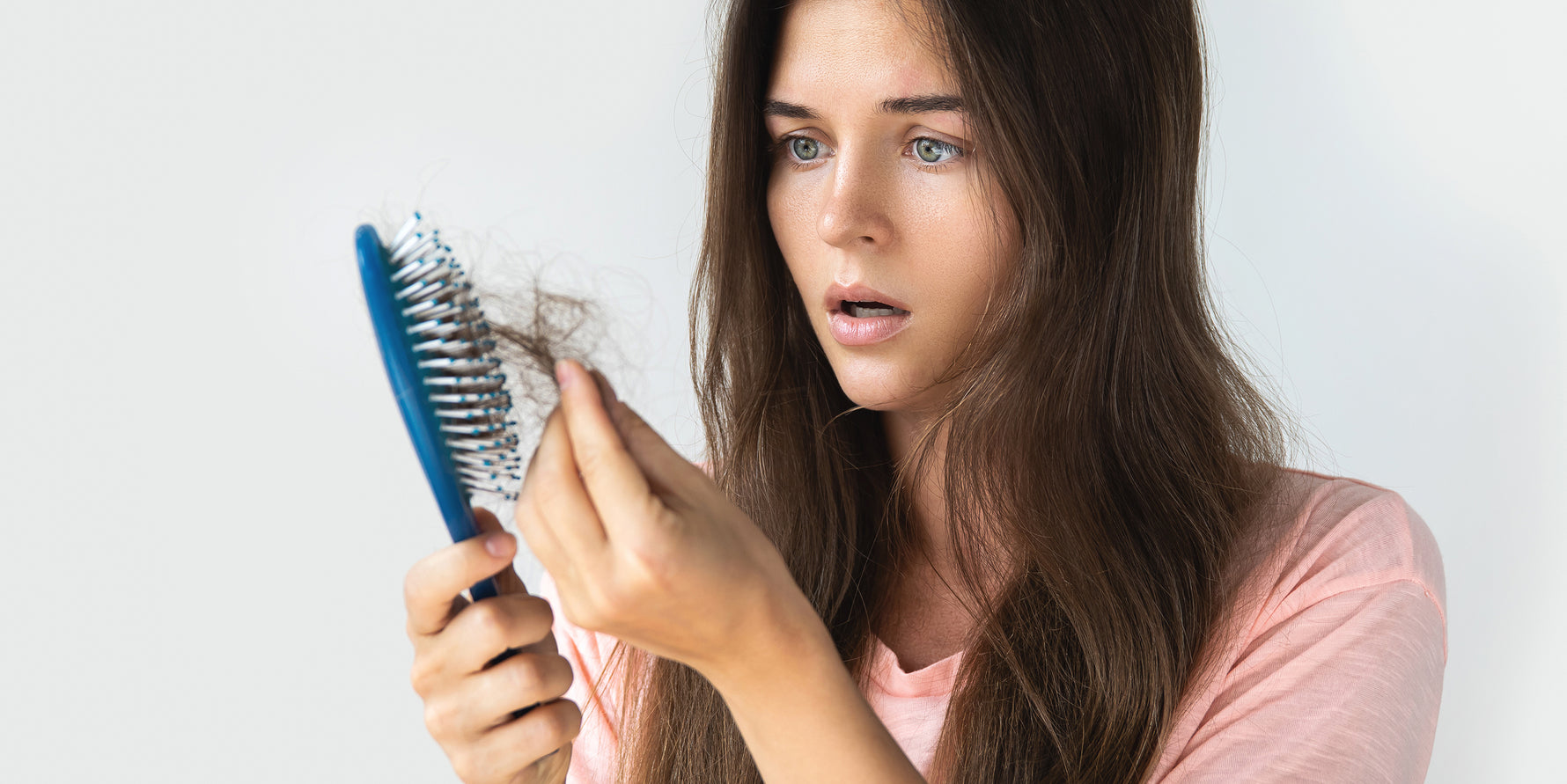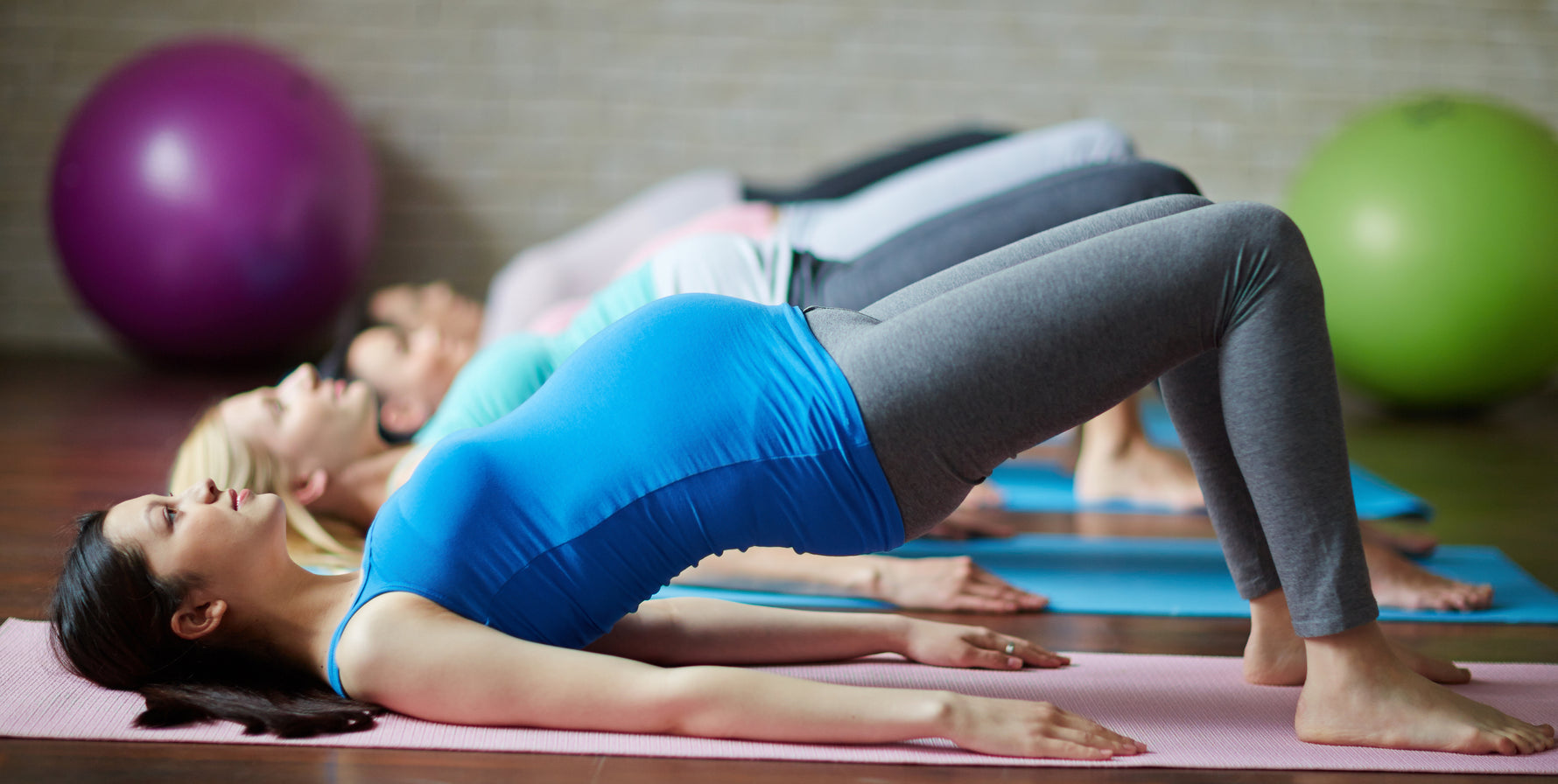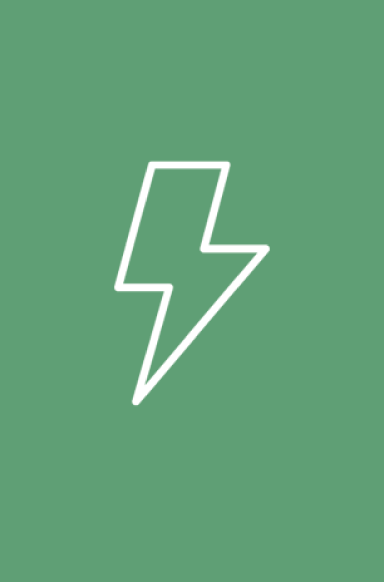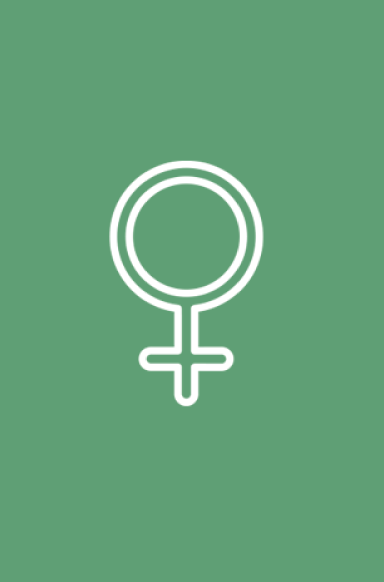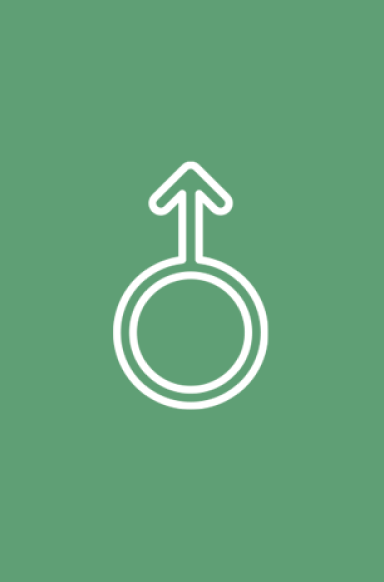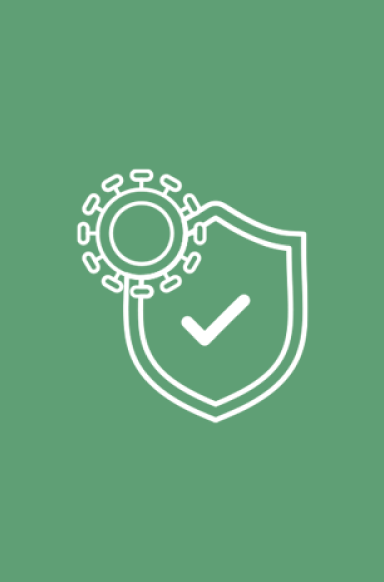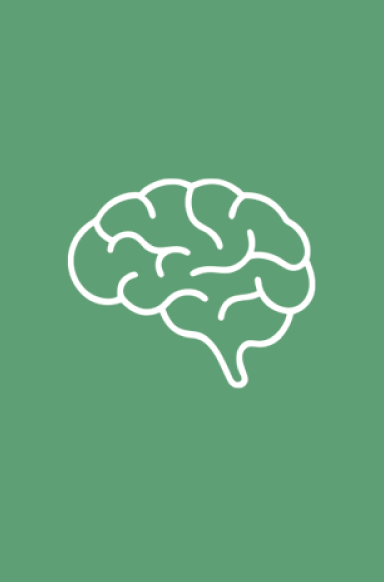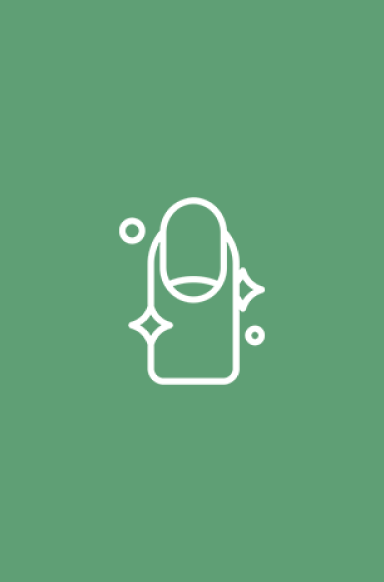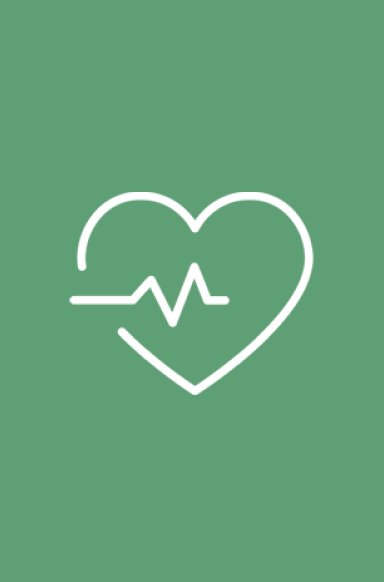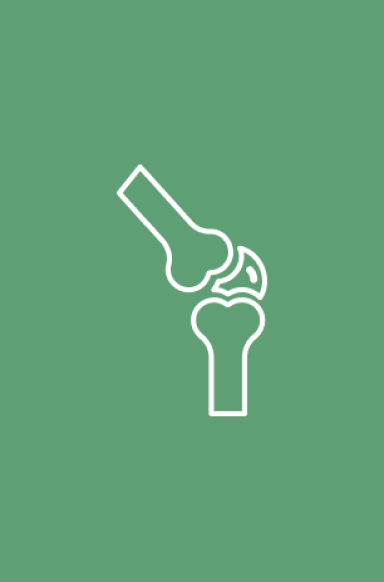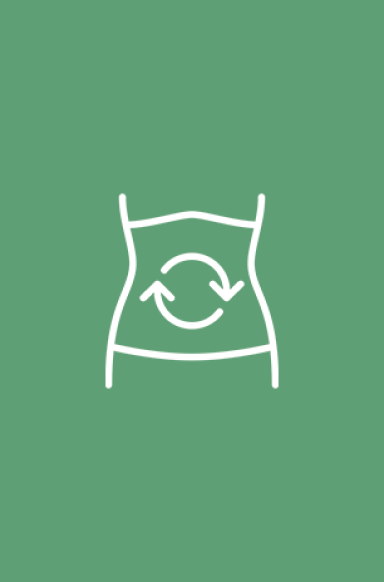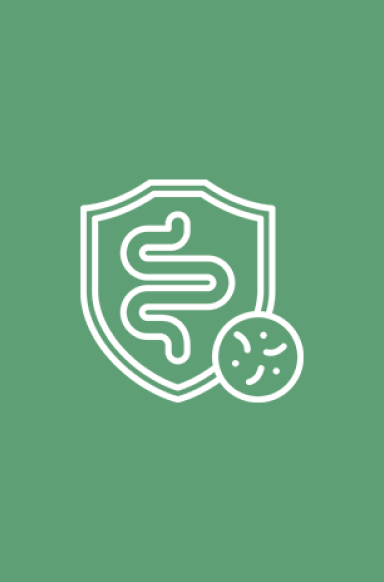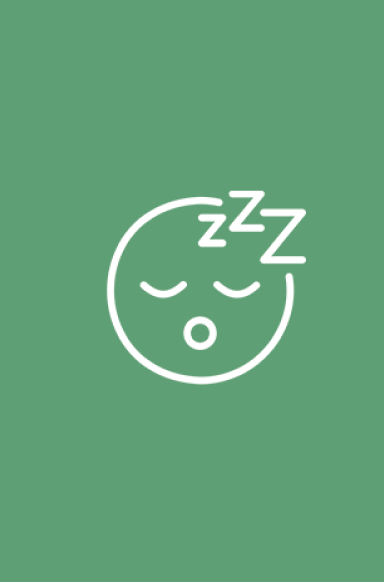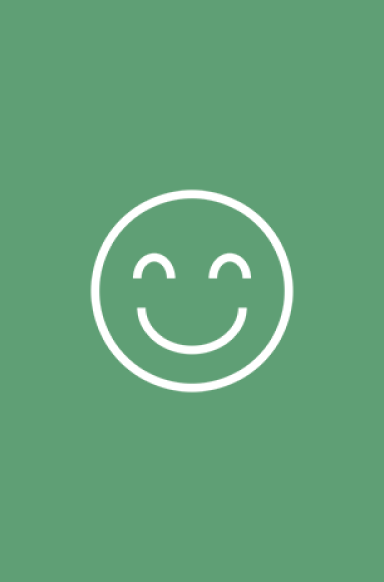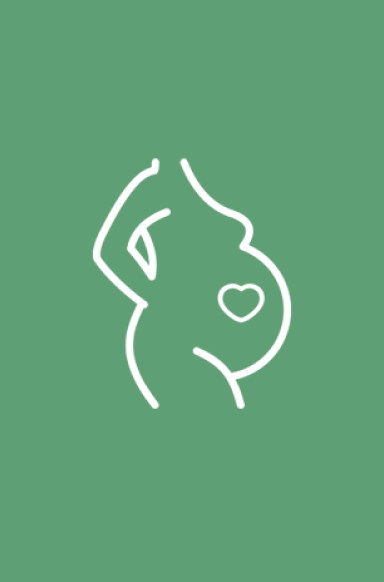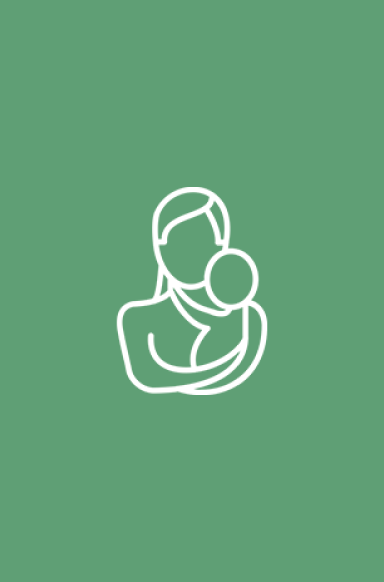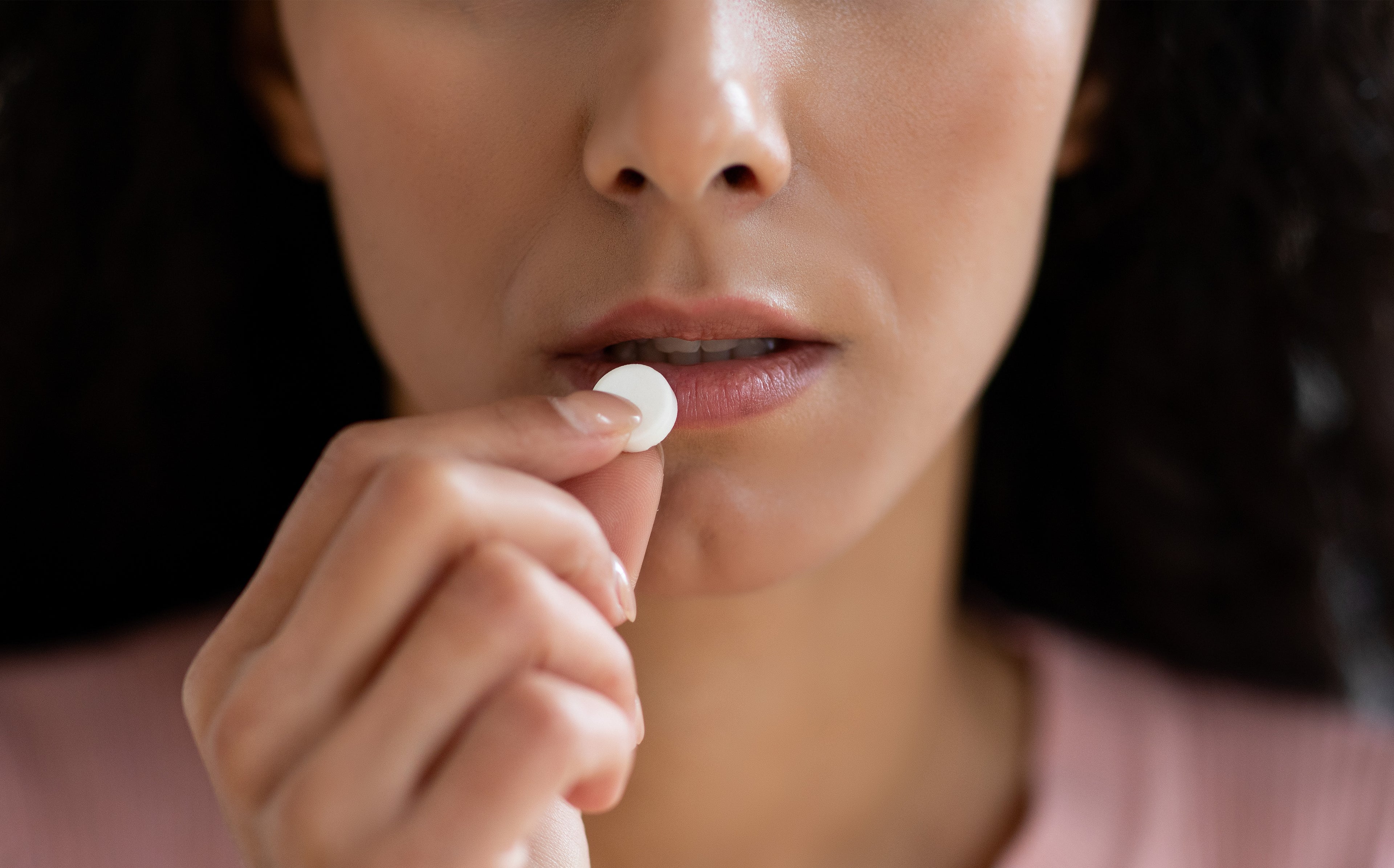Reading Time: 5 minutes
There’s a good reason iron is touted as one of the most essential minerals you need regardless of age and gender: it affects our quality of life and health in huge ways. Whether you're a growing child, a pregnant woman, or an older adult, understanding your iron requirements and ensuring you're getting enough is crucial. Read more to dive into what iron is, what it does, and how much you need at different life stages.
What is Iron and What Does It Do?
Iron is a mineral that is naturally present in many foods, yet so many people have a deficiency. It is an essential component of hemoglobin, a protein in red blood cells that carries oxygen from the lungs to all parts of the body. Iron also plays a key role in growth and development, hormone production, and maintaining a healthy immune system.
Additionally, iron is involved in the production of energy and helps regulate body temperature. Iron supports our body at different life stages in different ways, but it's important throughout our lives regardless. Here are some ways that iron helps us every step of the way.
Infancy and Childhood:
Infants are born with a store of iron that they receive from their mothers during pregnancy. However, this store depletes by the age of 6 months, making it crucial to introduce iron-rich foods into a child's diet.
Iron is essential for proper brain development, healthy blood production, and strong immune function in infants and growing children. Breast milk and iron-fortified infant formula are good sources of iron for babies.
H3: Adolescence:
During puberty, both boys and girls experience a rapid growth spurt that increases their need for iron. Girls who begin menstruating also lose blood each month, making it particularly important to get an adequate amount of iron through their diet. Good dietary sources of iron for adolescents include lean meats, poultry, fish, beans, and fortified cereals.
Adulthood:
Iron requirements decrease during adulthood as the body is no longer growing. However, women of childbearing age still require more iron due to blood loss during menstruation and pregnancy.
Menopausal women may also need additional iron due to changes in hormone levels. It’s important to make sure you have a balanced diet that includes iron-rich foods to prevent anemia and other health issues associated with iron deficiency.
Pregnancy and breastfeeding:
During pregnancy, the body requires even more iron as it is needed for the growth and development of both the mother and the baby. Iron helps in the production of hemoglobin for both the mother and baby's blood supply.
Pregnant women are at a higher risk of developing iron deficiency anemia, which can lead to complications during pregnancy and childbirth. Breastfeeding mothers also need to maintain their iron intake for both their own health and to provide enough iron for their baby's growth and development.
Elderly:
As we get older, our bodies become less and less efficient at absorbing nutrients, including iron. This can increase the risk of iron deficiency anemia in older adults. It is important for seniors to consume a varied and balanced diet that includes iron-rich foods to maintain their overall health and prevent potential complications.
Vegetarians and Vegans:
The body may not as easily absorb plant-based sources of iron as animal-based sources, which can put vegetarians and vegans at a higher risk of iron deficiency. It is important for individuals following a vegetarian or vegan diet to carefully plan their meals and include iron-rich plant foods, such as leafy greens, legumes, nuts, and fortified grains.
Athletes:
Athletes have higher iron requirements due to increased energy expenditure and potential losses through sweating. Endurance athletes are particularly at risk of iron deficiency anemia as they often have higher iron losses through foot-strike hemolysis (the destruction of red blood cells during intense physical activity). Athletes need to monitor their iron intake and consider supplementation if necessary.
Chronic Diseases:
Certain chronic diseases, such as inflammatory bowel disease, celiac disease, and kidney disease, can impair the body's ability to absorb and use iron. These conditions may also cause chronic bleeding, leading to increased iron loss and potentially anemia. If this is you, it’s important you work closely with your healthcare provider to monitor your iron levels and make sure you’re getting your daily requirements through diet, supplements, or both.
How Much Iron Do I Need?
As our bodies change and develop, so do our iron requirements. The recommended daily intake of iron varies depending on age, gender, and other factors such as pregnancy or medical conditions. Here's a breakdown of the recommended daily allowance (RDA) for iron:
Infants (0-6 months): 0.27 mg
Infants (7-12 months): 11 mg
Children (1-3 years): 7 mg
Children (4-8 years): 10 mg
Girls (9-13 years): 8 mg
Boys (9-13 years): 8 mg
Girls (14-18 years): 15 mg
Boys (14-18 years): 11 mg
Women (19-50 years): 18 mg
Women (51+ years): 8 mg
Men (19-51+ years): 8 mg
It's important to note that these are general recommendations and may vary based on individual factors such as diet, health status, and pregnancy. Pregnant women and those who have heavy menstrual periods may need more iron to meet their body's demands. But what happens to our bodies when we aren't getting the right amount?
Health Effects of Iron Deficiency
Iron deficiency is one of the most common nutrient deficiencies in the world, affecting approximately 1 in 5 people. Symptoms can vary from mild to severe and may include fatigue, weakness, difficulty concentrating, pale skin, shortness of breath, and frequent infections. In severe cases, iron deficiency can lead to anemia, a condition in which the body doesn't have enough healthy red blood cells.
Iron deficiency can occur because of various factors, including inadequate intake of iron-rich foods, increased demand for iron during pregnancy or periods of rapid growth, and chronic blood loss. Some individuals may also have trouble absorbing iron from their diet, leading to a deficiency.
If left untreated, iron deficiency anemia can lead to serious health complications, especially in children and pregnant women. It's important to speak with your healthcare provider if you suspect you may have an iron deficiency.
If you're struggling to meet your iron needs through diet alone, your healthcare provider may recommend an iron supplement. It's important to follow their dosage instructions carefully and report any side effects.
Conclusion
Iron is a crucial nutrient that plays a vital role in our health at every life stage. By understanding your iron requirements, consuming iron-rich foods, and speaking with your healthcare provider about any concerns, you can ensure that you're getting enough of this essential mineral to support optimal health and well-being.

